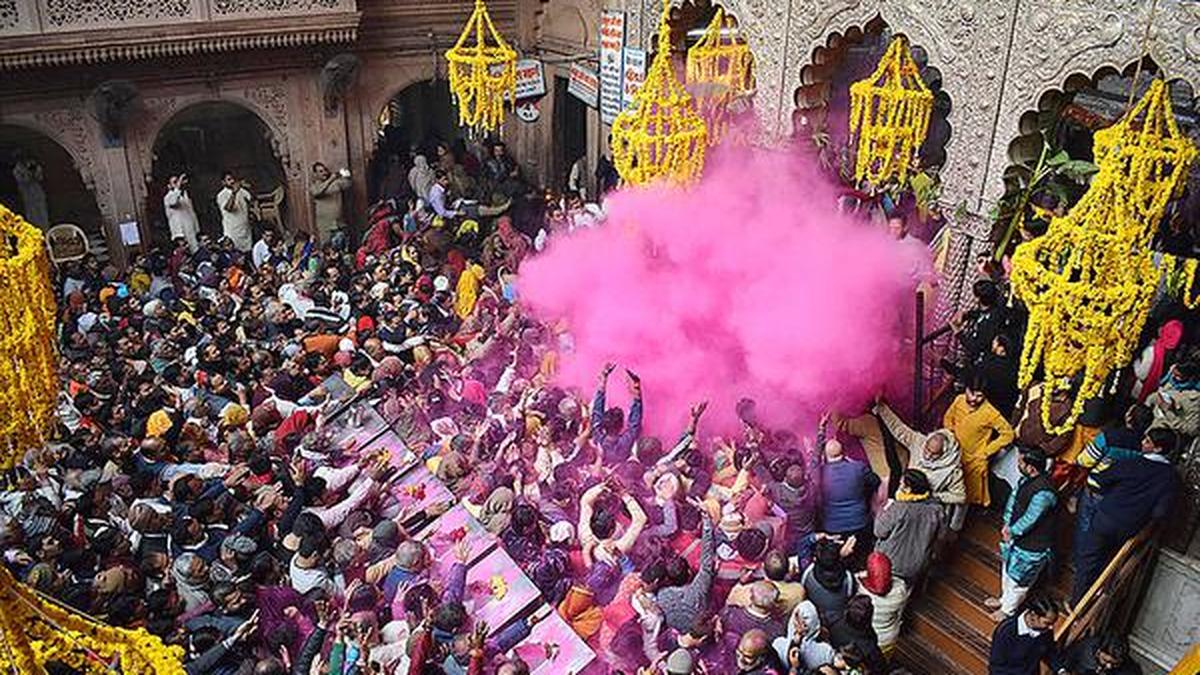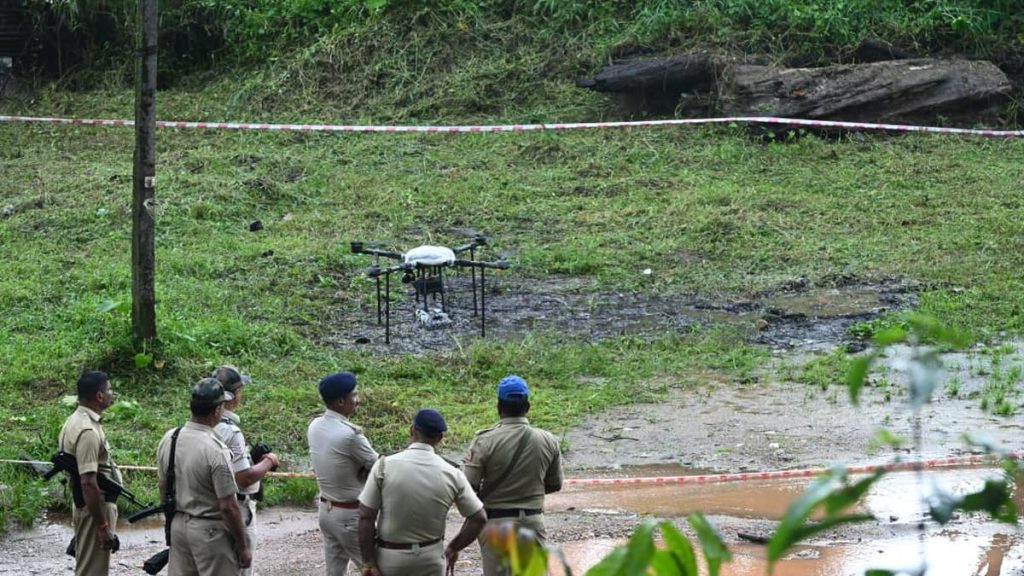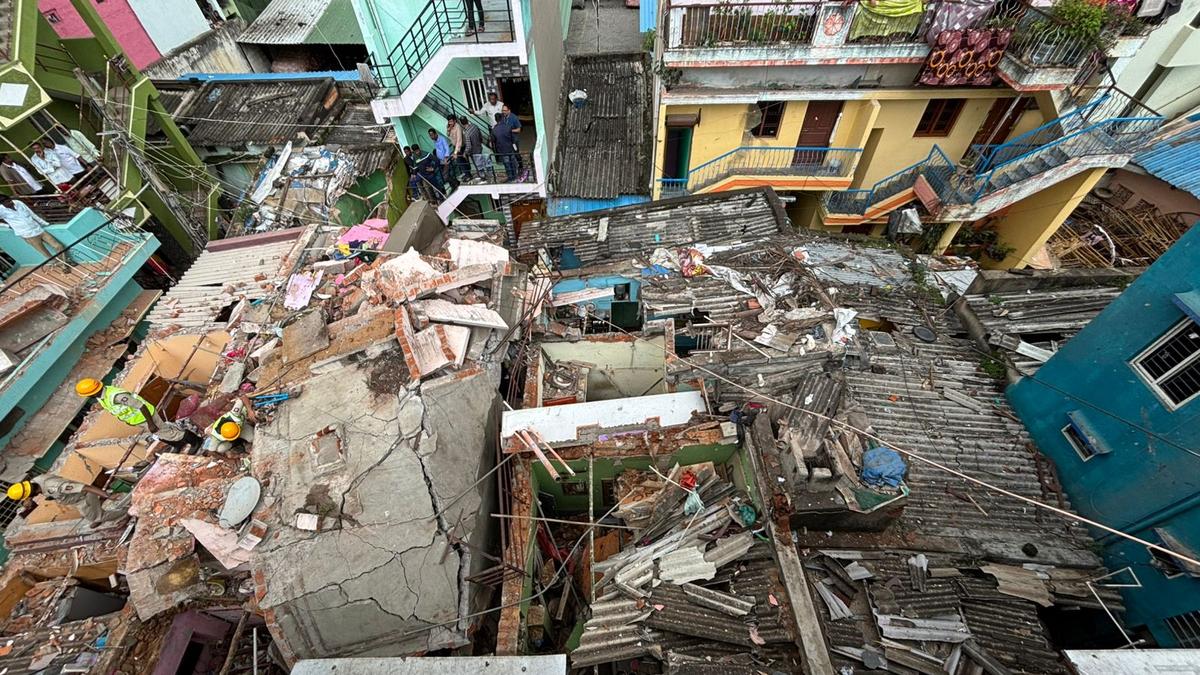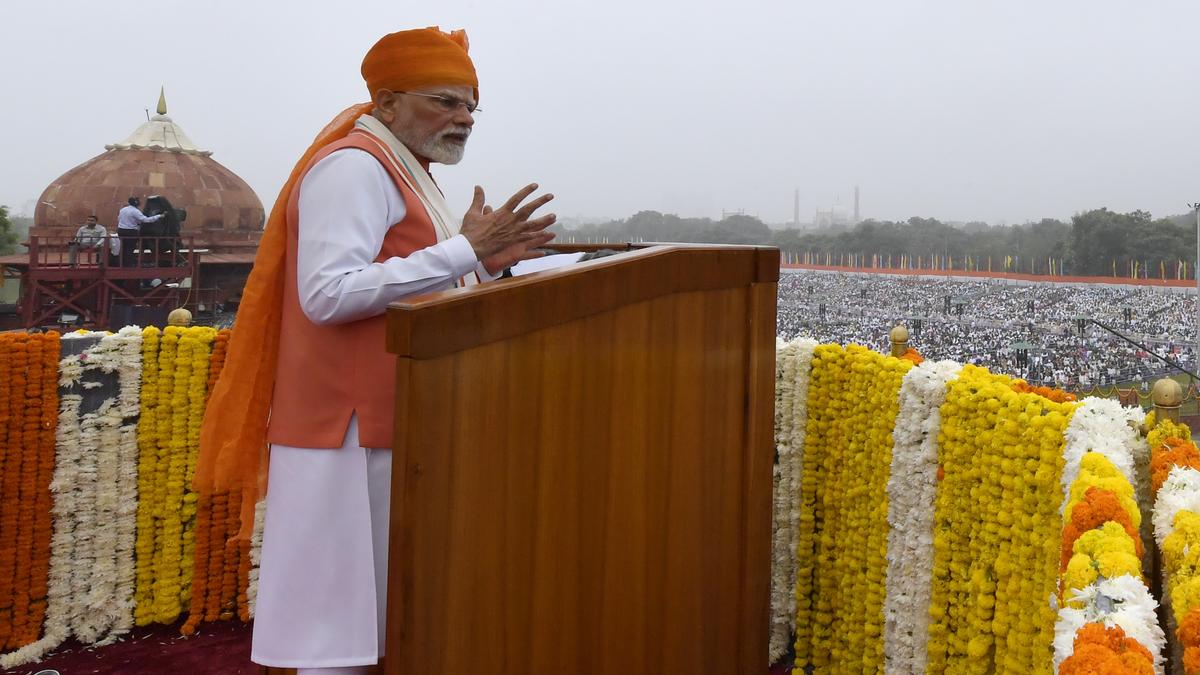Now Reading: Why Is the Uttar Pradesh Govt Eyeing Control of Banke Bihari Temple?
-
01
Why Is the Uttar Pradesh Govt Eyeing Control of Banke Bihari Temple?
Why Is the Uttar Pradesh Govt Eyeing Control of Banke Bihari Temple?

Quick Summary:
- Banke Bihari Temple Trust Bill, 2025: Introduced in the Uttar Pradesh assembly on August 13, 2025, proposing an 18-member trust to manage Mathura’s Banke Bihari temple and oversee its development.
- Sevayat Priests’ Objection: The Goswami priests managing the temple accuse the government of attempting to take control of temple finances under the guise of this trust.
- Supreme Court Involvement: The SC is hearing petitions against an earlier ordinance passed for the same purpose. It expressed disapproval over procedural shortcuts by the state government and formed an interim management committee.
- Historical Context:
– Temple established in late 16th century; current structure was built in 1862.
– Frequent overcrowding due to narrow access roads and large footfall (up to millions during festivals).
- State control Attempts Over Time:
– Successive governments (2002 onwards) proposed infrastructure upgrades around the temple.- Post-Janmashtami stampede (2022), demand for better facilities gained traction. In January 2023, a ₹262-crore corridor project was unveiled despite strong opposition from priests and locals.
- Legal Challenges:
– Earlier attempts by UP government to use ₹500 crore from temple funds sparked controversies.
– Current Supreme Court stay restrains full implementation of changes pending appeals.
Indian Opinion Analysis:
The introduction of a bill seeking state-led management at Mathura’s Banke Bihari temple highlights ongoing tensions between religious autonomy and administrative intervention aimed at public welfare. On one hand, concerns about inadequate infrastructure amidst surging footfall justify calls for redevelopment; however, resistance from Goswami priests rooted in fears over financial control underscores longstanding mistrust toward state mechanisms intervening in deeply customary spaces.
The debate symbolically reflects broader questions about balancing heritage preservation with modern governance requirements. Notably, while court observations suggest mismanagement within existing structures warranting reform, care must be taken so that any interventions respect local traditions and avoid alienating key stakeholders like worshippers or priests. Clarity and inclusiveness may serve as essential benchmarks if lasting resolutions are sought.
























